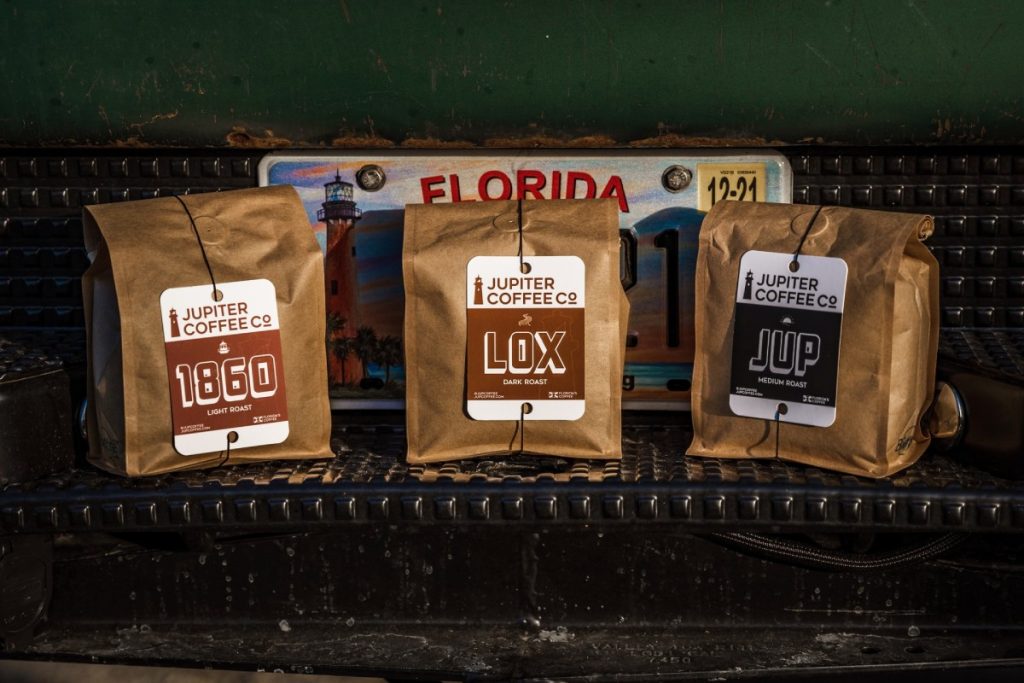Packaging is a crucial part of your sales plan. It allows your products to stand out, giving consumers a reason to choose you over others. One of the more preferred packaging in recent years has been the bagged kind.
Most consumers choose goods in bagged packaging because they’re convenient. Bagged packaged goods are easy to access, store and carry. They’re also recyclable and compostable since they’re mostly made from paper or paperboard.
Will bagged packaging keep your food business ahead of the pack?
What are the Types of Food Packages?

Food packaging materials come in different forms, not just bags. Businesses choose bagged packaging over others, like tubed packaging or boxed packaging, if they’re producing:
- Chips
- Pretzels
- Nuts
- Vegetables
- Fruits
You’ll find most snack food manufacturers will use bags to package their goods.
How do you choose your food products’ packaging? Do bagged packages work for your specific product? Or will tubed packaging be better for your goods?
First, consider the forms of packaging.
What are the Kinds of Packaging?

Manufacturers design and create packages according to the goods. Some products require more careful packaging whereas others need more room because of their volume. The packaging market has grown in terms of what it can offer businesses; no longer are you limited to the usual types of packaging for bagged packaged goods or boxed packaged goods.
What are your options?
Flexible Pouches
This form of bagged packaging is suitable for food, like granola, coffee, nuts and snacks. They’re appealing for consumers because the pouches are usually resealable. Businesses opt for them because they’re economic to produce and have low environmental impact than paperboard and glass.
Clamshells
Clamshells are perfect as food packaging for ready-to-eat goods. These include sandwiches and salads. They’re usually in plastic form, but businesses also use cardboard, Styrofoam and paperboard. They’re easy to open and are resealable, making them convenient packaging for consumers.
Aseptic
Aseptic processing is designed for food products that must be sterile. These include liquid eggs, processed food, drinks containing dairy and milk. This type of food packaging is usually made from a combination of aluminum and paper with a layer of polyethylene.
Other forms of packaging are corrugated boxes, aluminum cans, plastic boxes, rigid boxes and chipboard, among others.
Once you’ve figure out the types of packaging, go through the properties that will affect the quality, shipping and storage of your food products.
Choosing the Right Packaging

All food products must be packaged well to ensure safety. But some products may need more specialized materials, like fish, meat and other fresh food products. In addition to considering your specific food product, think about whether the package will catch your customer’s attention.
Your product will be competing with several other food products on grocery shelves. In a long aisle, a shopper’s eye will be drawn to products that are visually appealing.
Then, take into account the following:
- Ease of use – will consumers easily carry, open and store the product?
- Material – is it lightweight, transparent or recyclable?
- Shelf-life – will the packaging keep the food product safe until its expiration?
- Environmental conditions – will the package keep the food product safe from moisture, gases, heat or humidity?
- Disposal – is the packaging recyclable or reusable?
You may also look to food packaging trends. Most product packaging are updated to meet current consumer demands. The most prominent one in recent years is sustainable packaging; many shoppers now prefer products that follow eco-friendly practices. So any food packaging that goes beyond the recyclable and reusable route are likely to gain more attention.
Finally, consider the cost of production and distribution. Not all food packaging, from boxes to bags to tubes, will meet all requirements. It would be ideal to find the perfect packaging: high-quality, attractive, safe, convenient, eco-friendly and cheap. But rarely will you find it.
To finalize your decision, some properties may be less of a concern than others. For example, a flexible packaging material may be easy to carry but not durable whereas some tubed packages may be resistant to moisture but expensive.
The food business is a thriving market. But you must have not only high-quality products to gain from a lucrative market. But you must also present them in appealing packages that keep them safe to edge out the competition. When it applies, bagged packaged goods make for a convenient and economical choice. If not, your options for food packaging may include tubed packages, clamshells or aseptic processing.

